Maintaining proper posture at work and during daily activities, regular exercise and a balanced diet can help prevent low back pain.
Pay attention to postures
Avoid working in extreme positions or in the same posture for long periods of time.
Maintain good sitting posture
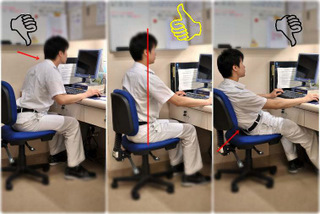
Sit up with your back straight. Do not lean backward over the back of the seat. From the side view, the ear, shoulder and hips should be in line from top to bottom. Gently pull in your abdomen muscle to assist back support. Adjust the chair height. Keep your feet flat on the floor with knees and hips bent to 90 degrees. You should look straight ahead. Avoid forward or side-bending of your neck. Retain the three natural curves of the spine, that is, the concave curve of the cervical and lumbar regions and the convex curve of the thoracic region. You can place a small cushion over your low back hollow. Change posture and move your neck and back at interval.
Maintain correct standing posture
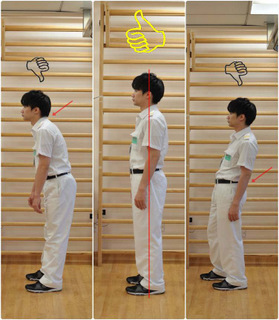
Lift up your head and look forward. Keep your shoulders in a horizontal line. Lift your chest up and out. Gently tighten your abdominal muscles. The three natural spinal curves (cervical, thoracic and lumbar) should be present, which form the normal S-shaped curve of the spine. From the side view, a vertical line should pass through the ear, the shoulder, the back of the knee and the front of the ankle. Beware not to arch your low back too much backwards.
If you have to remain standing for long periods, gently tighten the abdominal muscles to adjust spine loading. Rest one of your feet on a low stool or step, and keep the hip, knee and low back muscle over the same side slightly relaxed. Changes side at interval allowing the other side of the body to rest. While washing your face or brushing your teeth in the bathroom, keep your back straight, lower yourself a bit with the knee & hip of one leg slightly bent in front of the other. Put one hand on the sink to help supporting your weight.
Note proper posture of lifting and moving heavy objects
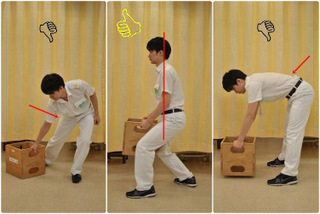
Before you lift a heavy object, please plan before you act. Check the weight of the object and formulate the path and methods you should employ to accomplish the task. To pick up an object that is lower than the waist level, stand with a wide stance close to the object and keep your feet firm on the ground. Kneel down with one knee and keep your back straight. Grasp the object and tighten your abdominal muscles. Use your leg muscles to lift the object. Straighten your knees and keep the back straight. Don't twist the waist. Keep the object close to the body and at waist level. When you have to reach the object overhead, use a foot stool to bring yourself up to the level. Avoid too much stretching of the back. When pushing a heavy object, lean forward with knees slightly bent, use your weight to push. Avoid pulling of heavy objects. You should find others to help you if you need to carry extremely heavy object.
Exercise regularly
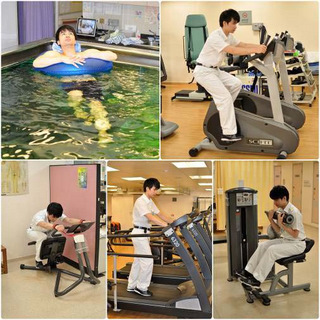
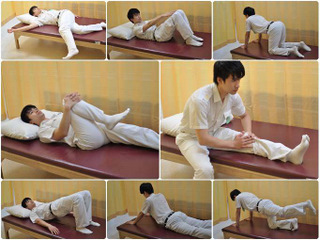
* Information in this section is for reference only, you should consult your doctor or health professional for any medical condition that you may have, rather than relying on the information provided in the article
Regular exercises can enhance strength, flexibility and toughness of muscles, tendons and ligaments, and help support the spine. Do exercises on a regular basis to achieve the goals gradually. Don't overdo it at a time. Follow exercise methods. Don't change them or create your own ways.